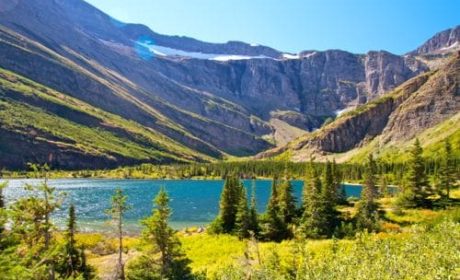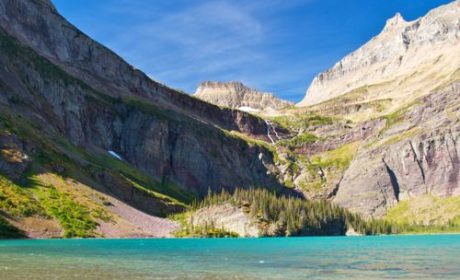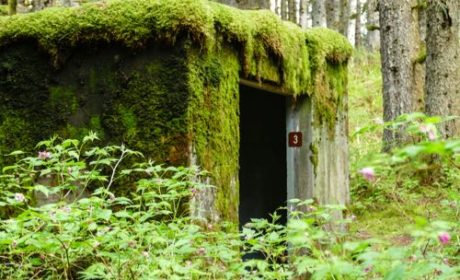When I hiked the Hidden Lake Overlook Trail, I immediately understood why it’s a must for Glacier National Park visitors. In a dramatic, open setting that can be windy, hikers are surrounded by alpine wildflower gardens, fragile tundra and the sculpted peaks of Montana‘s Northern Rockies.
No wonder it’s one of the most popular hiking trails in Glacier National Park.
Prime location is one of the reasons for Hidden Lake Trail’s popularity. Travelers on Going-to-the-Sun Road stop at Logan Pass Visitor Center to stretch their legs and take in their dramatic surroundings.
The spectacular scenery inspires visitors to get out of the vehicle to experience one of the most visited areas of Glacier. IF they can find a parking space.
The Hidden Lake trailhead is located just out the back door of the Logan Pass Visitor Center. Most visitors walk at least the beginning portion of the trail but you’re missing out by not hiking the 2.8 miles (round trip) to the overlook.
Boomer Travel Tip
Visiting Glacier National Park will be complicated in 2024. Between May 24 and September 8, 2024, you will need a vehicle reservation to drive Going to the Sun Road from the West side or visit the North Fork (Bowman Lake). In addition, from July 1 through September 8, 2024, a vehicle reservation will be required to drive to Many Glacier. Apply here.
Table of Contents
An easy hike in Glacier National Park
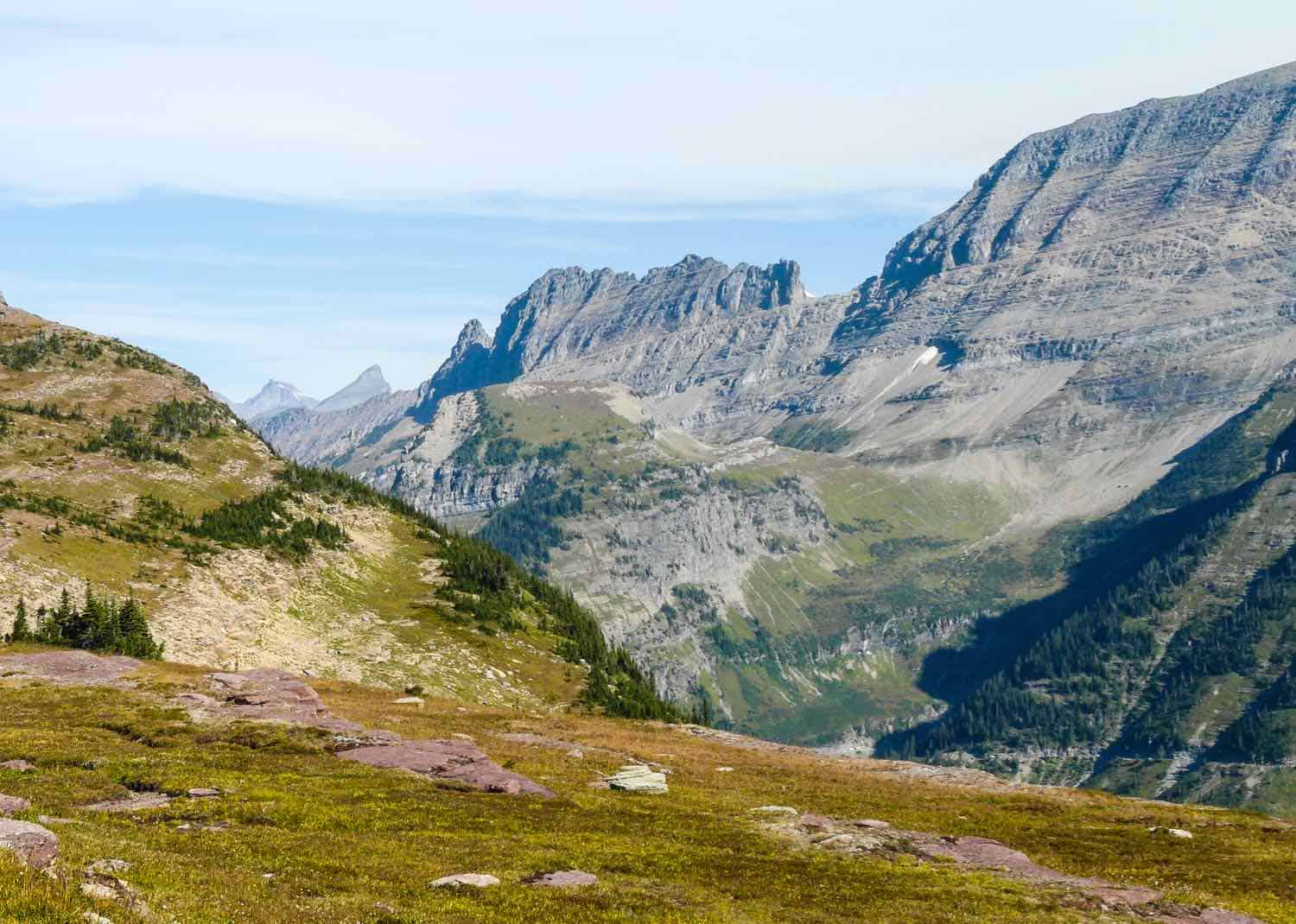
Alan and I have hiked the Hidden Lake Overlook trail twice—actually, me twice, Alan once. On our first visit, he was hobbled by a handball injury so opted to sit on a wall and wait for me to check out the trail.
Our second Hidden Lake hiking experience occurred on a Glacier National Park hiking tour with Road Scholar. While this trail doesn’t require a guide, traveling with someone who’s knowledgeable about the flora, fauna and park history enhances the experience.
Boomer Travel Tip
Rangers close Glacier National Park trails when grizzly bears frequent the area. Always check for trail closings and warnings on the park website the evening before or morning of your hike, just to confirm the trail that you want to hike is open.
Hidden Lake Overlook trail highlights
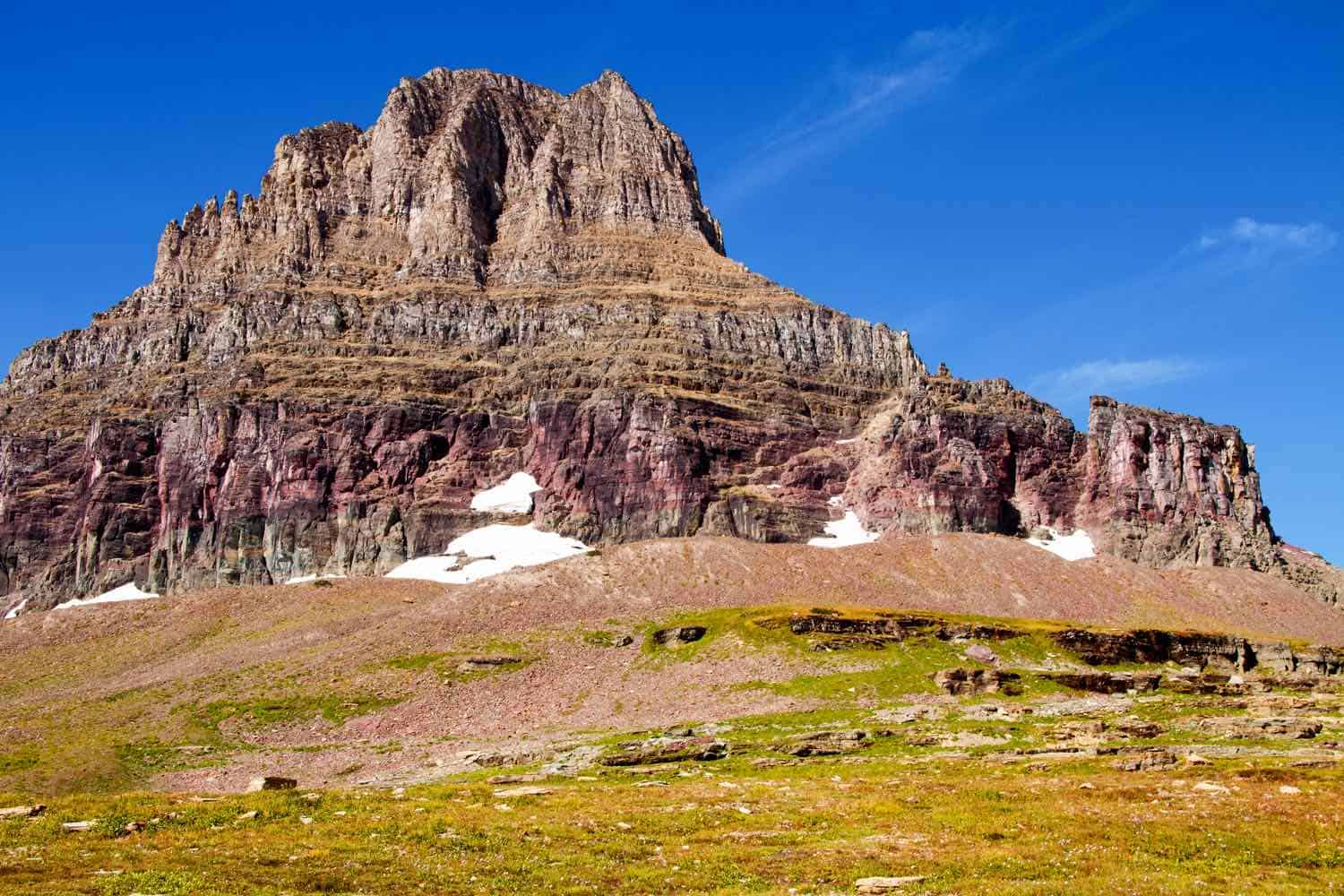
On a September hike, the not quite 3-mile-round-trip journey traveled uphill from the Logan Pass Visitor Center crossing alpine tundra where a few summer wildflowers waved their yellow and pink blooms in a blustery wind.
No matter which way we looked, mountain peaks provided tempting photo opportunities. And we weren’t on the trail, yet!
Starting behind the Logan Pass Visitor Center, the surface quickly changed from pavement to a boardwalk that protects the fragile tundra grasses and wildflowers.
Be a good citizen hiker. Stay on the boardwalk!
At about a half mile, we negotiated a series of wide, high steps (poles are a good idea here to save wear and tear on your knees) before the trail became dirt. As the trail wrapped around Clements Mountain, a marmot scurried through the alpine meadows that are also known as hanging gardens.
The Continental Divide occurs at the 1.2 mile point. From here, water flows into the Pacific Ocean.
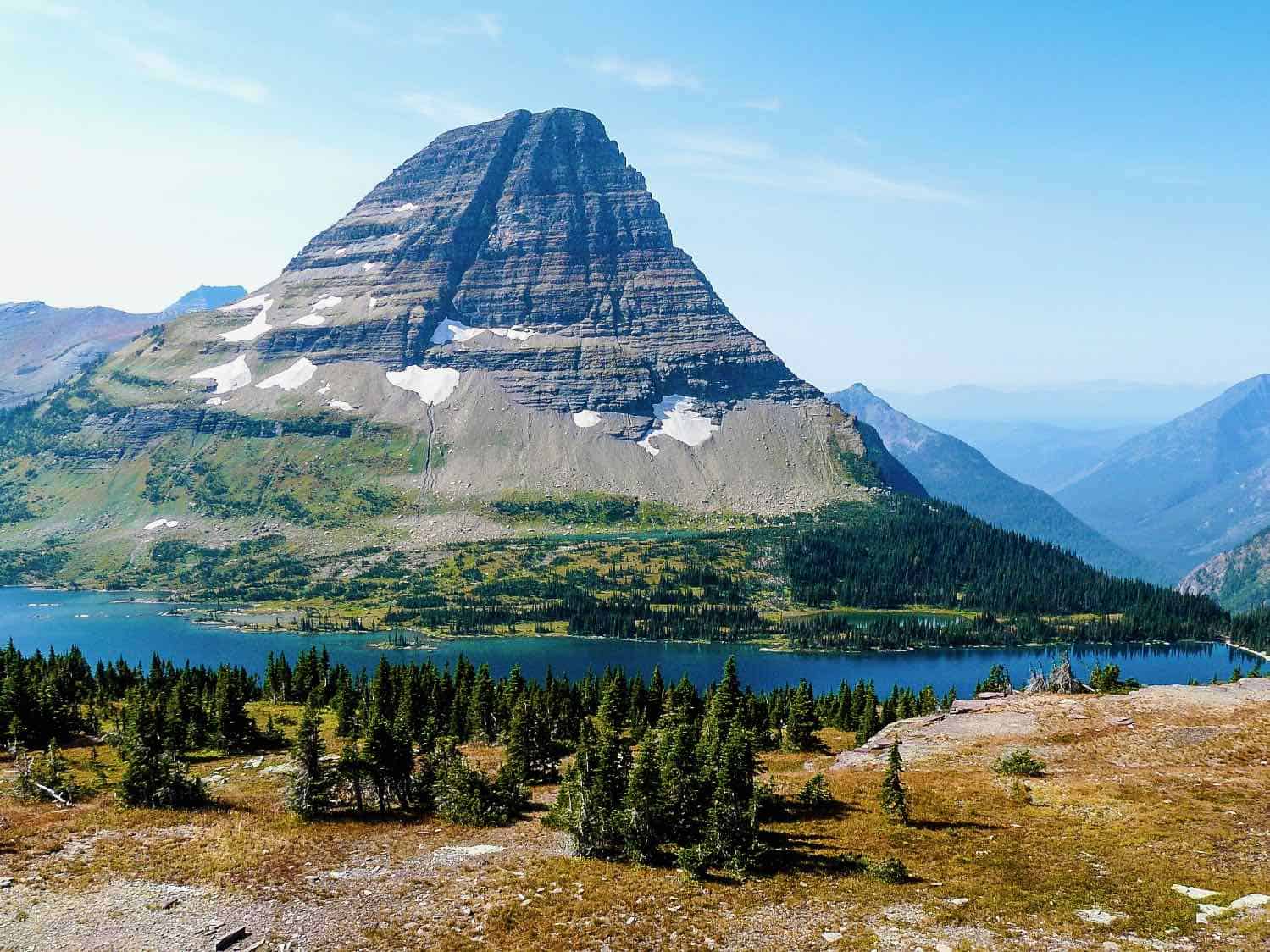
At the overlook, we stopped to admire Bearhat Mountain looming over Hidden Lake. There’s also a distant glimpse of Sperry Glacier.
Large rocks are scattered around in a somewhat shady area near the overlook, making it the perfect place to rest and fuel up. Our picnic lunch came with a mountain goat sighting, which is quite common as they frequent the area often.
Actually, Alan was photographing me when his peripheral vision caught movement in the trees. Swinging the camera around, he began clicking away at a female mountain goat.
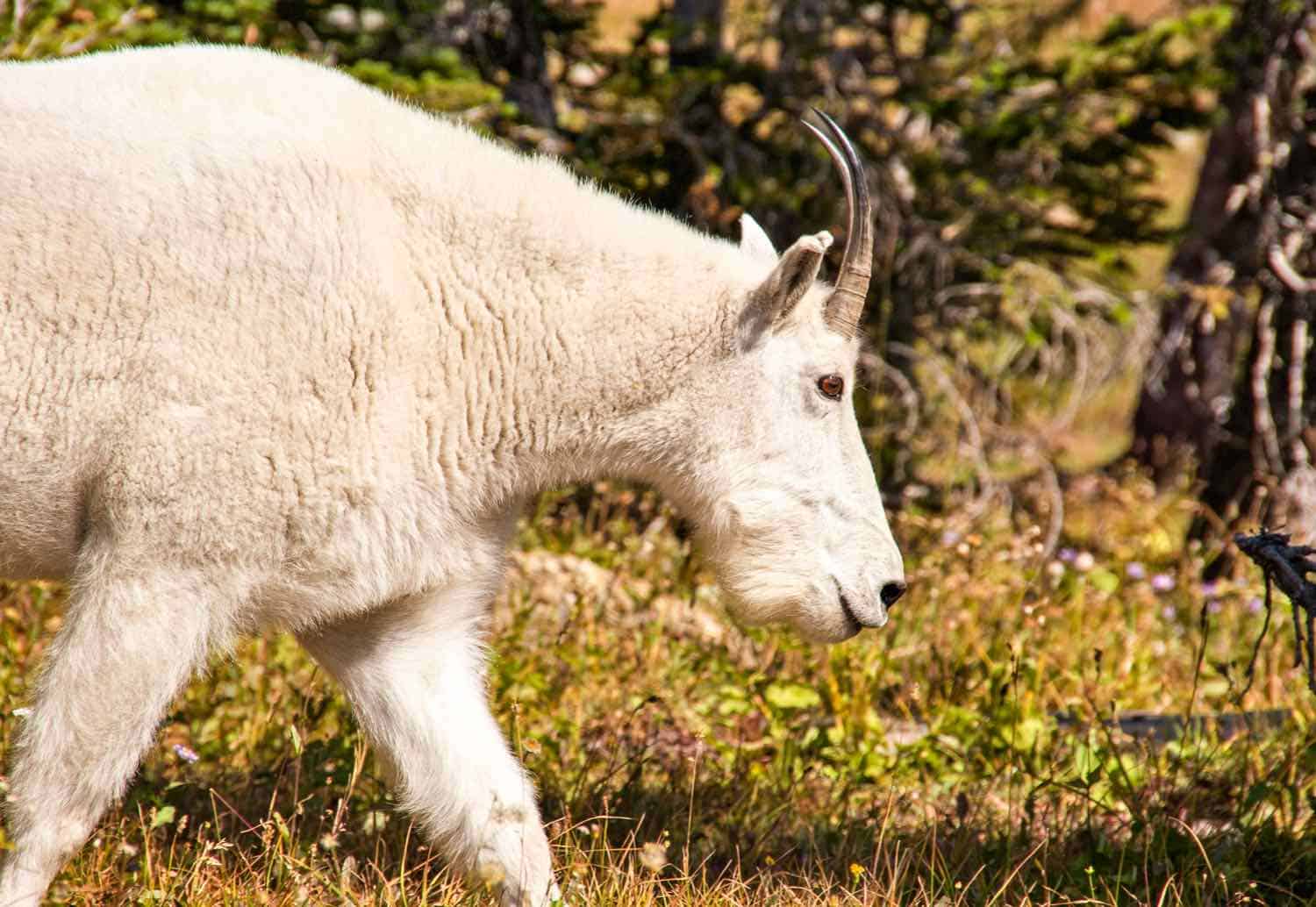
She stood there shivering for what seemed like forever as hikers scurried around to take photos. In reality, the entire event lasted about five or ten minutes.
Why was the mountain goat shivering? It wasn’t from the cold as the day was unusually mild for September.
“What’s wrong with her?” I asked Road Scholar guide Stephanie Paidus.
She replied, “The mountain goat is already wearing her winter coat and the warm temperature is causing her to overheat.”
Although we could have continued hiking to Hidden Lake, our schedule called for returning with the Road Scholar group for a last night on Big Mountain in Whitefish before heading home.
What a scenic ending to five days of beautiful September hiking in Glacier National Park. How many total miles did Alan and I hike? 30!
Frequently asked questions about hiking to Hidden Lake Overlook
If this is your first time visiting Glacier National Park, you probably have questions about the trail to Hidden Lake Overlook. I’ve anticipated as many as I can to help make your hike the best it can be.
Hidden Lake Overlook Trail is located at Logan Pass. To reach the pass, drive scenic Going-to-the-Sun Road: 32 miles from the West entrance of the park (the most spectacular portion of the road, in my opinion) or 18 miles from St. Mary entrance on the East side.
During July and August, the parking lot at Logan Pass becomes crowded, filling up by 8 a.m. Go early or late to avoid the crowds.
Take the park shuttle if it is running. Always check current conditions in the park, before setting out.
Alan and I prefer hiking the Hidden Lake trail in early September, after summer crowds have gone home. The trail will still be busy, although prime wildflower season has passed.
If you hike the trail in July, soon after Going to the Sun Road opens, you’ll find lots of snow. Hiking shoes, and perhaps traction cleats, are a better choice than tennis shoes or hiking sandals. Don’t forget hiking poles!
The trail is very crowded in August. If this is your only choice, then hike early in the morning or late in the afternoon or early evening.
While you could make it to the overlook in 45 minutes, I recommend a more leisurely pace. There are mountains to photograph, wildlife to watch and majestic scenery to appreciate.
Hiking at this elevation will be noticeable to flatlanders. The highest elevation reached on the trail to the overlook is 7,152 ft., while the total elevation gain on the trail is 540 ft.
Upon arriving at Hidden Lake Overlook, you’ll want to spend time taking in the view or watching for the mountain goats that frequent the area. This is a good spot for enjoying a snack or lunch, if you packed one.
Most of the season, you will encounter plenty of other hikers, especially because the trail begins from the back of Logan Pass Visitor Center. The crowd thins out the farther you go as casual walkers have seen enough and turn back toward the visitor center.
Even with other hikers around, it’s easy to find space to yourselves at the overlook. Make the hike even more enjoyable by hiking as early or late in the day as possible.
During the summer, the sun sets late into the evening at this latitude. A hike later in the day results in great photos with fewer visitors around. However don’t become so busy taking sunset photos that you find yourself hiking down the trail in the dark, unless you brought a headlamp.
After the overlook, the trail continues 1.4 miles to the lake, with a 770 ft. drop in elevation. Bring insect repellant as it’s buggy near the lake.
Be prepared for a steep climb back up to the overlook. You will have another 2.8 miles, making this a 6.4-mile-round-trip-hike to the lake and back to the parking lot. Plan your time accordingly.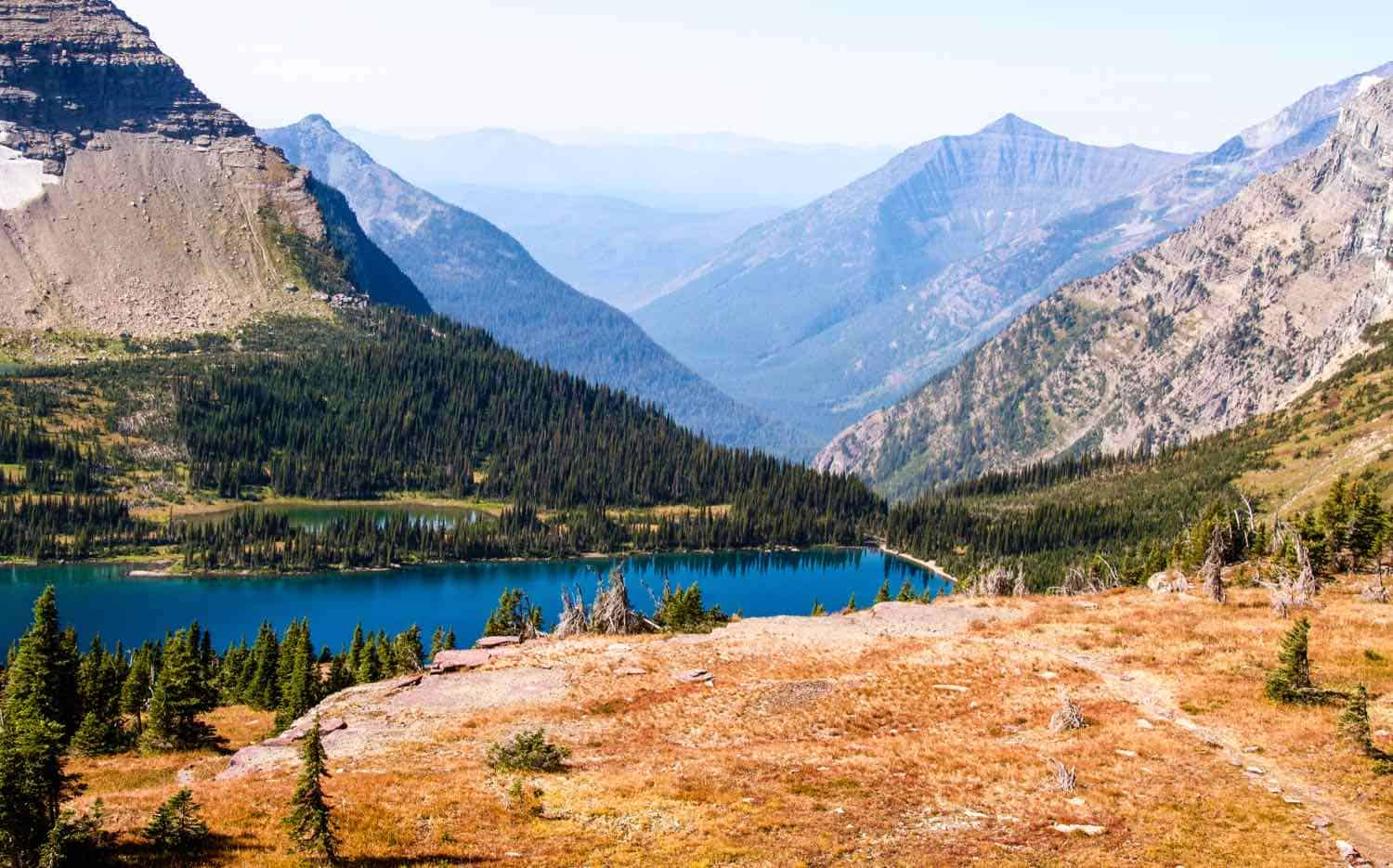
Layers are key. No matter if you’re hiking to Hidden Lake Overlook in June or October, the weather changes quickly at this elevation. Pack rain gear, gloves, hat and a jacket (fleece is good) in your day pack.
Hiking shoes are not a must but boomers, especially, will appreciate the better footing. And you certainly wouldn’t want to wear hiking sandals in July when snowfields or muddy puddles cover parts of the trail. Check out my list of day hiking essentials to be totally prepared or visit our boomer hiking gear shop.
You need bear spray everywhere in Glacier National Park. Even though Hidden Lake is a busy trail, most of the time, carrying bear spray (and knowing how to use it) is a must.
Recently, hikers observed mountain goats being chased by a grizzly on the trail. Who knows if that grizzly will decide to veer off to come after you?
Pika and marmot scurry through the vegetation next to the trail. And mountain goats are frequently seen at Hidden Lake Overlook. Grizzly bear, big horn sheep and wolverines also roam through the area, although it’s less common to see them.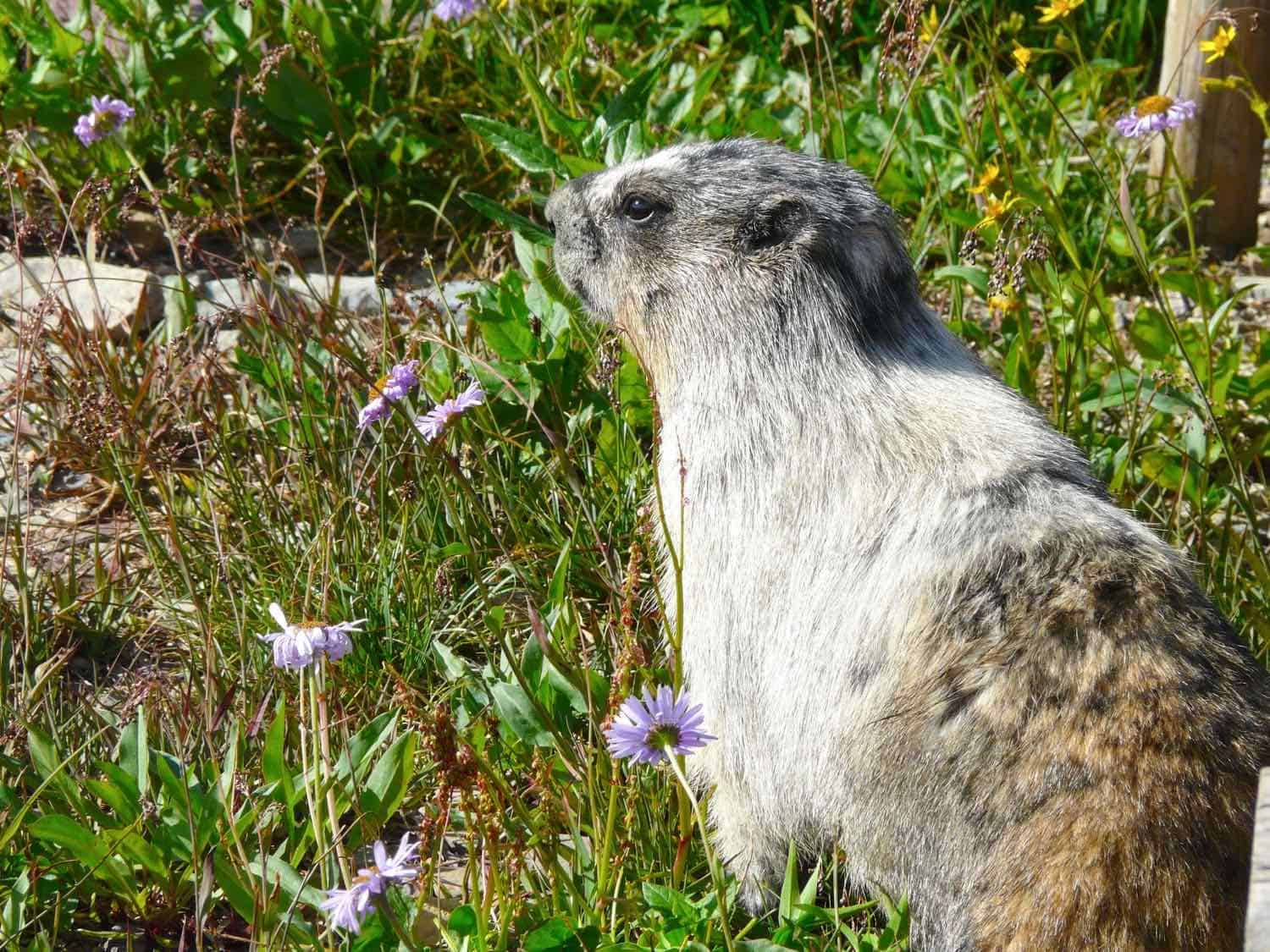
Wildflower peak is in August. You’ll find glacier lilies, fleabane and elephant’s head. And, of course, bear grass will be waving in the windy environment. PlantSnap is a great app for identifying flowers and plants.
More moderate to easy hikes in Glacier National Park
- Avalanche Lake Trail is a very popular trail on the west side of Glacier.
- Swiftcurrent Trail from Many Glacier to Bullhead Lake is one of my favorites.
- Grinnell Lake hike is an easy alternative for those who don’t want to hike to Grinnell Glacier.
Day Hiking Essentials Shopping List
Would you rather purchase day hiking essentials all in one place? This Amazon shopping list makes it easy for you to buy what you need to be out on the trail in no time. Happy shopping!

Columbia Women's Benton Springs Full Zip Jacket, Soft Fleece with Classic Fit
A fleece jacket is perfect when your day hike begins on a cool spring or fall morning. Once you warm up, tie the jacket around your waist. That's what I do. It's also lightweight enough to easily stuff into a backpack. Buy one of the bright colors so your photo stands out from trail scenery.

Kirkland Signature Ladies' Water-Repellent Wind Resistant Softshell Jacket
This Kirkland jacket comes in many colors (I don't recommend black if you'll be wearing this in photos). I wear my red Kirkland Signature jacket on almost every adventure. The lining adds a bit of warmth, plus the outer shell is water repellent and wind resistant.

Waterproof Hiking Fanny Pack
How do we carry gear on a day hike? For short hikes, our choice is to wear a waterproof fanny pack that holds a water bottle on each side of the pack.

BAFX Adjustable Anti Shock Aluminum Hiking Poles for Walking or Trekking
Hiking poles take the pressure off hips and knees, especially on downhill portions of the trail. If you have a fear of heights, like me, hiking sticks offer stability and security.

HotHands Toe, Hand and Body Warmer Variety Pack
Your hands and toes will thank you for carrying adhesive warmers in your pack. They're perfect for when colder weather surprises you on the trail.

Osprey Packs Tempest Women's Hiking Backpack
The Osprey Tempest comes with cushioned shoulder pads and comfortable hip belts. It's my backpack choice for day hikes where I need to pack more gear in anticipation of changing weather conditions.

Tilley Endurables LTM6 Airflo Hat
My Tilley Endurables hat protects me from the sun, plus the mesh airflo vent keeps my head from overheating.

KEEN Women's Targhee Waterproof Hiking Boots
For rocky trails, I wear a tough hiking boot like the Keene Targhee.

Darn Tough Vermont Hiker Boot Full Cushion Sock
Darn tough cushion socks keep my feet dry and comfortable. Good hiking socks provide essential cushioning for those long days of exploring.

Columbia Women's Standard Saturday Trail II Convertible Pant, British Tan, 6 Regular
These stretch hiking pants look good enough to wear around town. The convertible feature is handy for warmer days. And, ladies, these Columbia pants also come in plus sizes.

LifeStraw Go Water Filter Bottle
The LifeStraw has a 2-stage integrated filter that protects against, microplastics, chlorine, organic chemical matter and sand, dirt, cloudiness and more. And your water will taste better, too!

HESTYA 4 Pack Mosquito Head and Face Netting
Avoid mosquito and insect bites with the Hestya mosquito head and face netting. Place the head netting over a hat and your neck and face will be protected. Comes in a set of four. This is perfect if you only occasionally hike in mosquito prone areas. Also easy to pack in your luggage.

Cliganic 10 Pack Mosquito Repellent Bracelets
Wear these DEET-free mosquito repellent bracelets on your wrists and ankles to avoid bug bites on the trail. Each coil is individually wrapped in a reusable pouch. The essential-oil infused coils last for 10 days or 250 hours.
Save to Pinterest
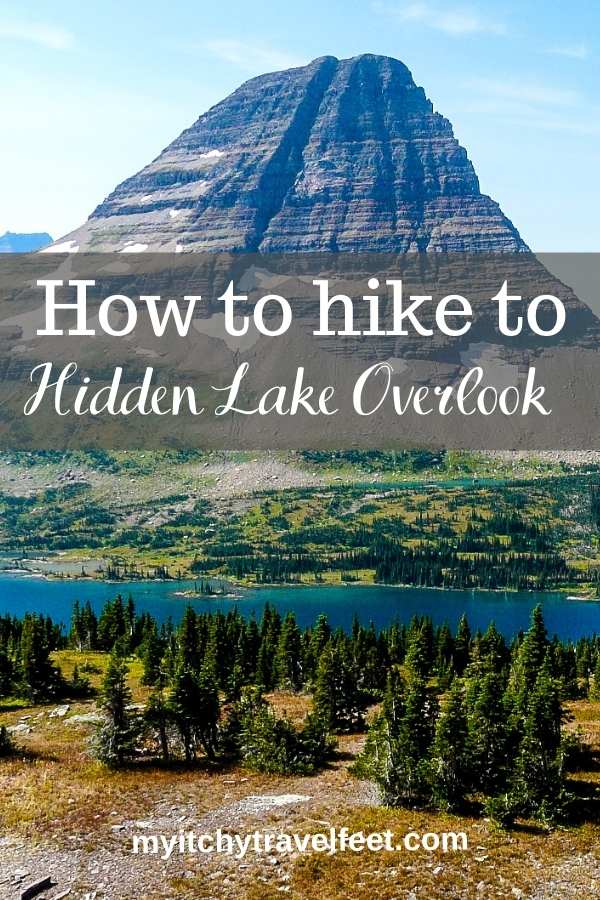
Disclosure: Road Scholar provided one of our Hidden Lake Overlook hike experiences.


